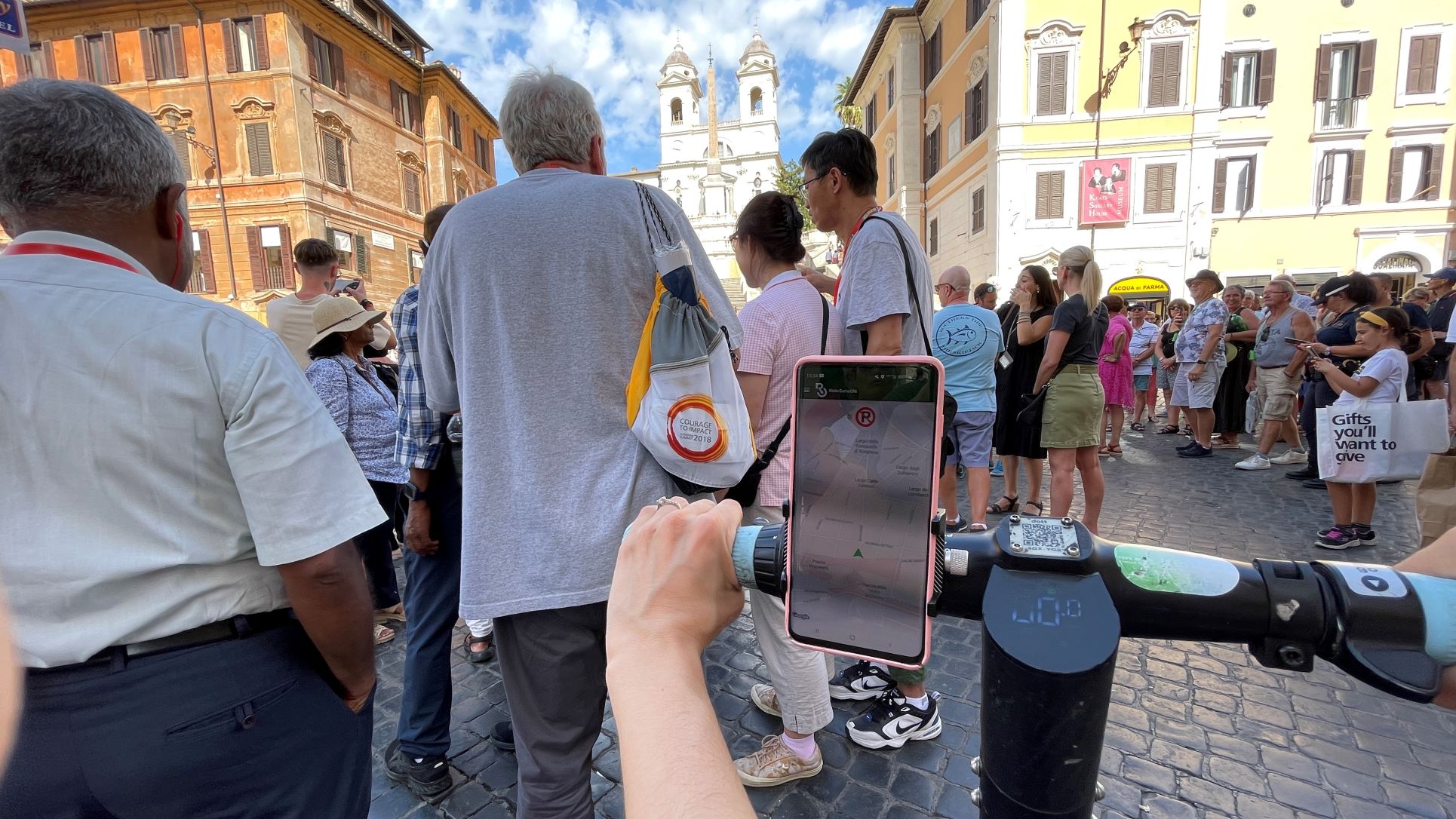The RideSafeUM initiative was launched in 2022 to tackle road safety issues arising from the improper or uninformed use of micromobility vehicles, which have grown exponentially in our cities since the middle of the 2010s. Micromobility has emerged as a deal-breaker when it comes to addressing some of our most urgent urban mobility issues, but safety is a key concern that needs to be tackled to increase user engagement.
The project is co-funded by EIT Urban Mobility, an initiative of the European Institute of Innovation and Technology (EIT), a body of the European Union, and led by CARNET. It aims to improve micromobility safety and assist policy-making through the collection and analysis of data related to micromobility accidents and infractions of local regulations.
The RideSafeUM consortium held the kickoff meeting for the 2023 edition of the project on January 12th. The partners of the project include public authorities, private sector partners, and academic and research entities from different European geographies, providing a comprehensive perspective for the project.
The goal for 2023 is to use all the knowledge gathered during the first year of the project to continue developing the application and to strengthen the final product, launching a TRL9 solution to the market in 2024. To achieve this, the consortium will focus on enhancing user experience, upgrading computer vision capabilities, reducing phone battery consumption, improving accident detection and processing, and introducing an Interactive Mapping System for direct user feedback.
Once again, pilot tests will take place in the cities of Barcelona (Spain), Rome (Italy), and Thessaloniki (Greece) between September and October. Through these demonstrations, the consortium will test the improved performance and new functionalities of the app, and continue optimizing the system according to the feedback provided by users and cities.
RideSafeUM integrates computer-vision software with camera, GPS, and accelerometer technology that can be supported by users’ smartphones or integrated into the operator’s hardware. The solution also includes a city dashboard that enables authorities to identify and dynamically manage micromobility safety issues. Real-time information (via an app or the operator’s front end) of regulations is displayed to the user, and safety warnings are shown. At the same time, alerts are sent to the authorities if an accident occurs, using a black-box function.
Through this upgrade, the project will bring micromobility safety benefits to users, public authorities, and operators thanks to the use of innovative technology.
The consortium comprises partners such as Ajuntament de Barcelona, Roma Mobilità, Thessaloniki Major Development Agency, Dott, Thessbike, Applus IDIADA, BrainBox, FACTUAL, Centre for Research and Technology Hellas (CERTH), Universitat Politècnica de Catalunya (UPC), and CARNET, who leads the project. The consortium’s diverse mix of partners ensures a unique and comprehensive perspective for the project.





